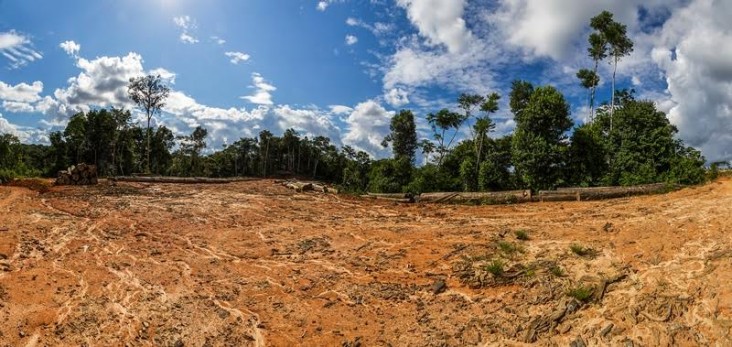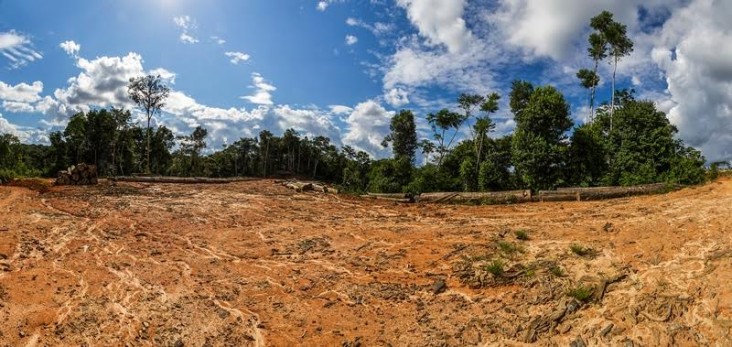Speeches Shim

The Amazon rainforest, the most biodiverse region on Earth, constitutes more than 60 percent of Peru’s territory. In recent decades, illegal logging and deforestation has intensified and threaten future of the Peruvian Amazon. USAID works with the Government of Peru to strengthen its forest sector to combat environmental crimes and related security threats, uphold the bilateral trade agreement, support indigenous peoples, and sustainably manage forest resources.
USAID, in partnership with the Government of Peru (GOP), is improving its ability to implement sustainable forest management policies and practices, and increase efficient use of forest resources by the private sector and civil society to better promote growth while reducing carbon emissions. USAID works with indigenous peoples and other forest dwelling communities to support sustainable forest management, reduce deforestation and improve land management that leads to conservation of some of the world’s most important forests.
Our work
STRENGTHENING GOVERNMENT FOREST INSTITUTIONS
Strong governmental environment and land management institutions are necessary to reduce emissions and promote sustainable forest management in Peru. To accomplish this, USAID supported the creation of the National Forest and Wildlife Service (SERFOR), the national entity responsible for forest and wildlife related issues. USAID is also working with the Forest Supervisory Agency (OSINFOR) to strengthen its technical skills for oversight of forest concessions. Locally, USAID works with the Regional Forest Authorities of Loreto, Madre de Dios and Ucayali, who play a vital role in conserving Peru’s forests.
DEVELOPING INCLUSIVE REGULATORY FRAMEWORKS
In addition to strong institutions, Peru also needs clear, enforceable laws to protect its forests. USAID provided substantial support for the approval of the new Regulations of the Forestry and Wildlife Law in September 2015. USAID worked closely with representatives from Peru’s 52 indigenous communities living in the Amazon to include their inputs into the law. This landmark legal reform provides authority to SERFOR and local governments to formalize and regulate the timber industry, and to identify and address illegal logging. This process is complemented with technical assistance to develop technical norms and validate them in the field, which are needed for the law to be fully in effect.
STRENGTHENING INDIGENOUS RIGHTS AND RESOURCES
At the local level, USAID is working collaboratively with indigenous communities and its representatives in the regions of Ucayali and Loreto to scale-up and expand community oversight and monitoring of their forest resources and improve forest-based livelihoods by developing life plans and sustainable businesses through community forest management (CFM). CFM is a proven approach to improving and strengthening the management of communal lands, applying the principles of sustainability and increasing their financial security by connecting them to profitable markets.
IMPROVING TECHNICAL CAPABILITIES
Protecting Peru’s natural resources requires reliable data to inventory legal sources of forest products, communicate with law enforcement, and assure potential buyers that the products adhere to international laws. USAID assists SERFOR to develop an online information forest and fauna management system to achieve these needs. The system tracks the supply chain of forest products so that SERFOR, regional governments and indigenous communities can prevent illegal logging. To quickly identify and monitor areas of illegal logging, USAID provides technical support to develop and utilize geospatial information systems that can detect any changes to forest canopy. Jointly with SERFOR, OSINFOR and Regional Forest Authorities, the forest data platform is available online.
Forestry - English ![]() (pdf - 354k)
(pdf - 354k)
Forestry - Spanish ![]() (pdf - 363k)
(pdf - 363k)




Comment
Make a general inquiry or suggest an improvement.